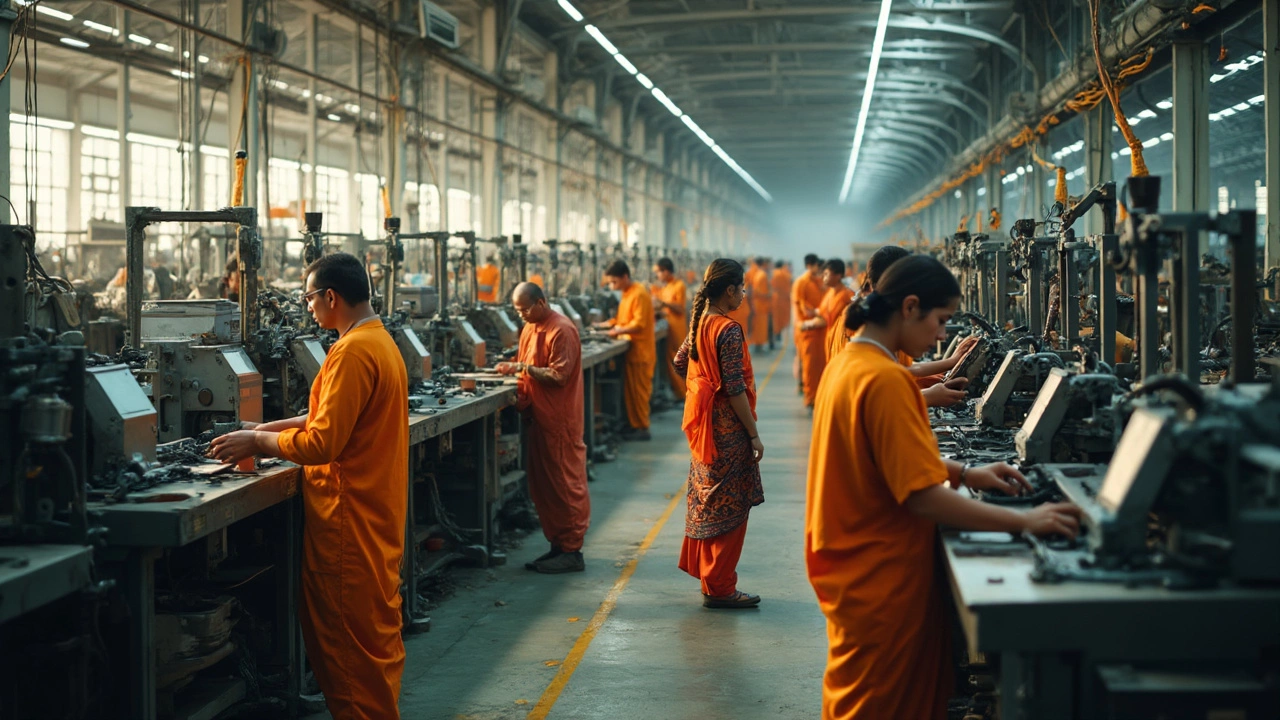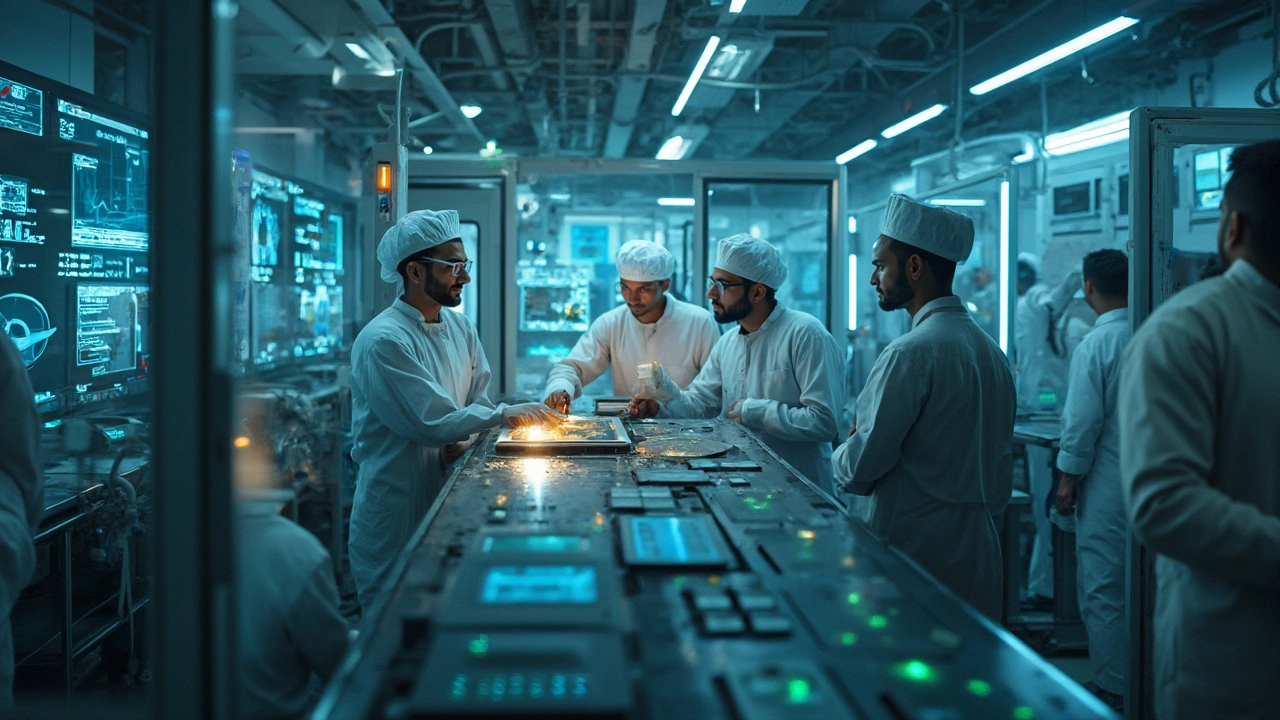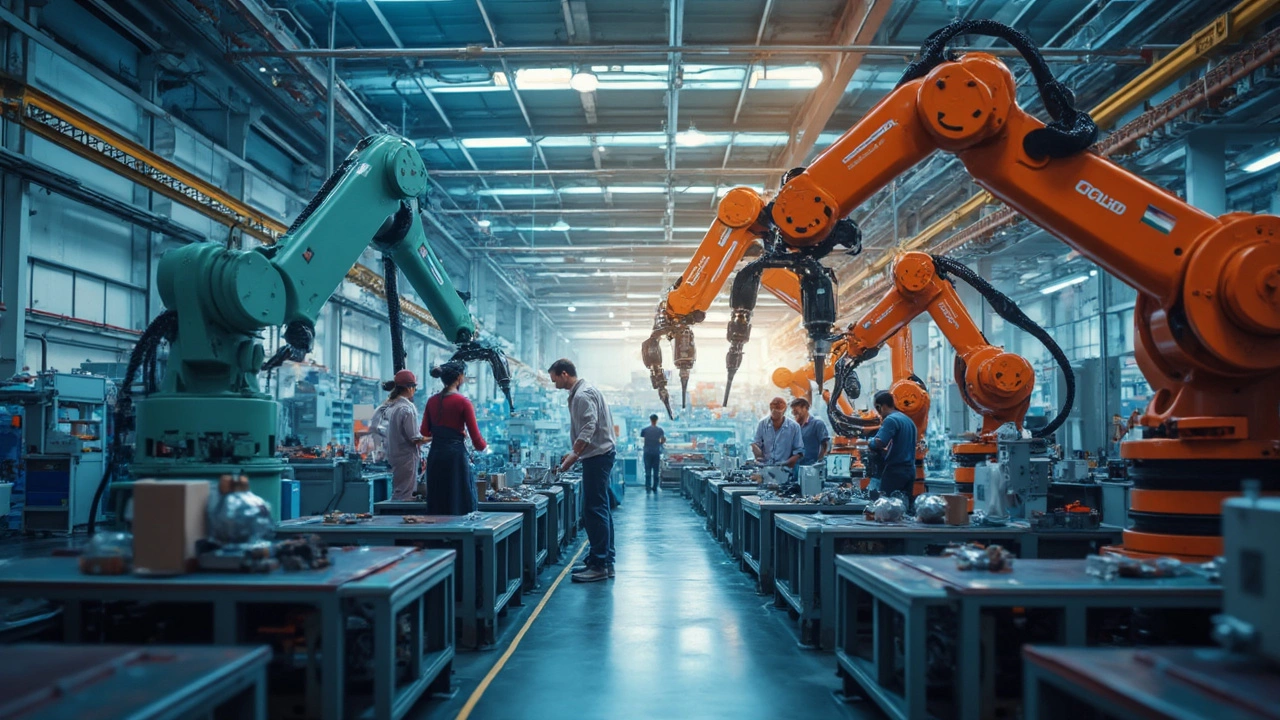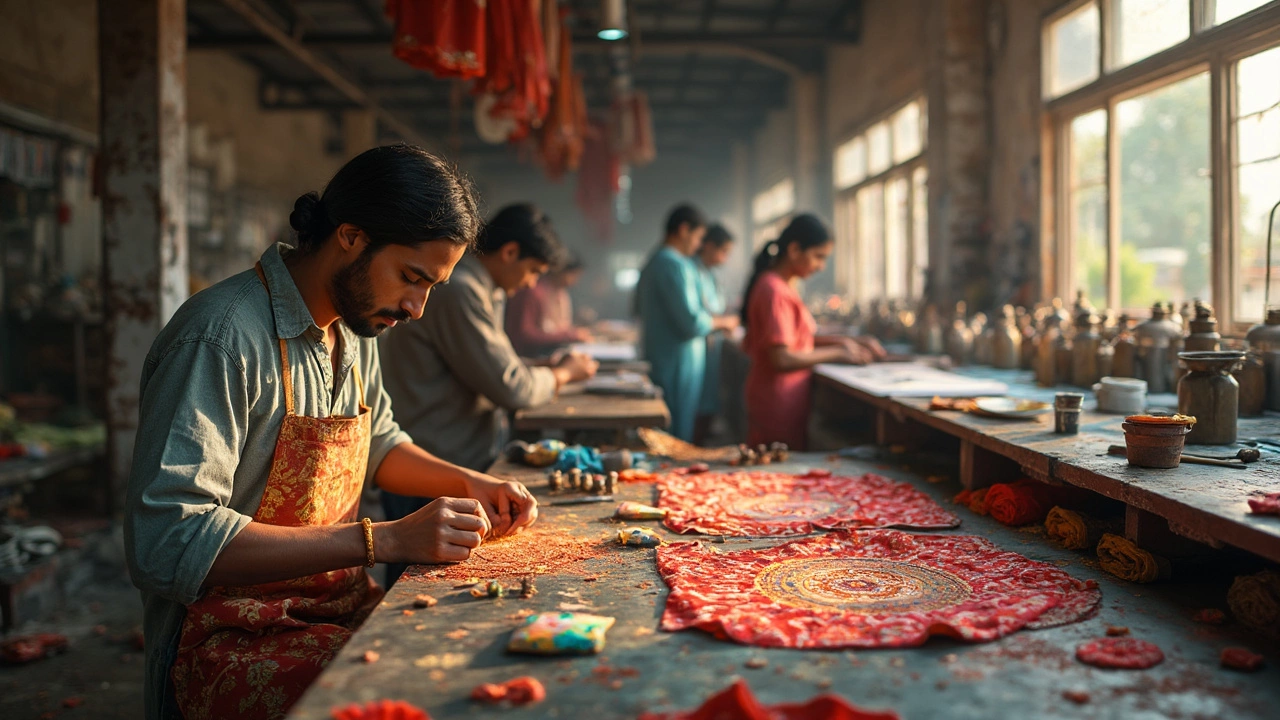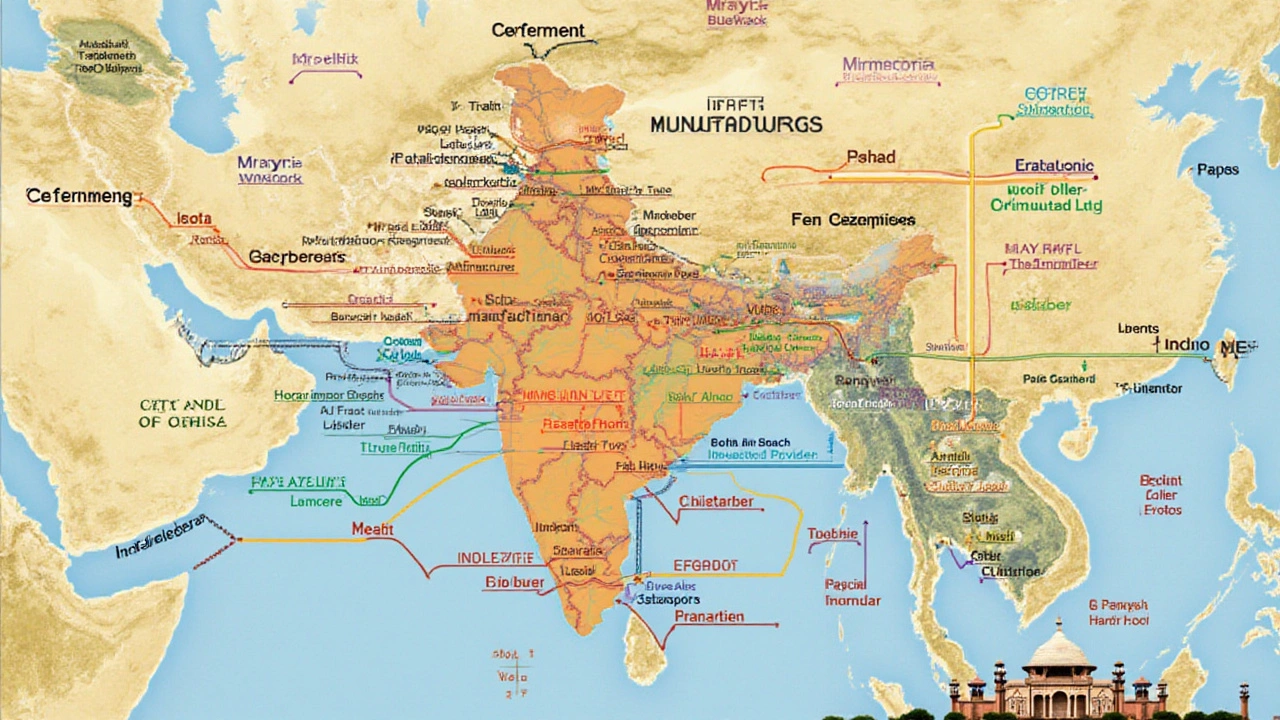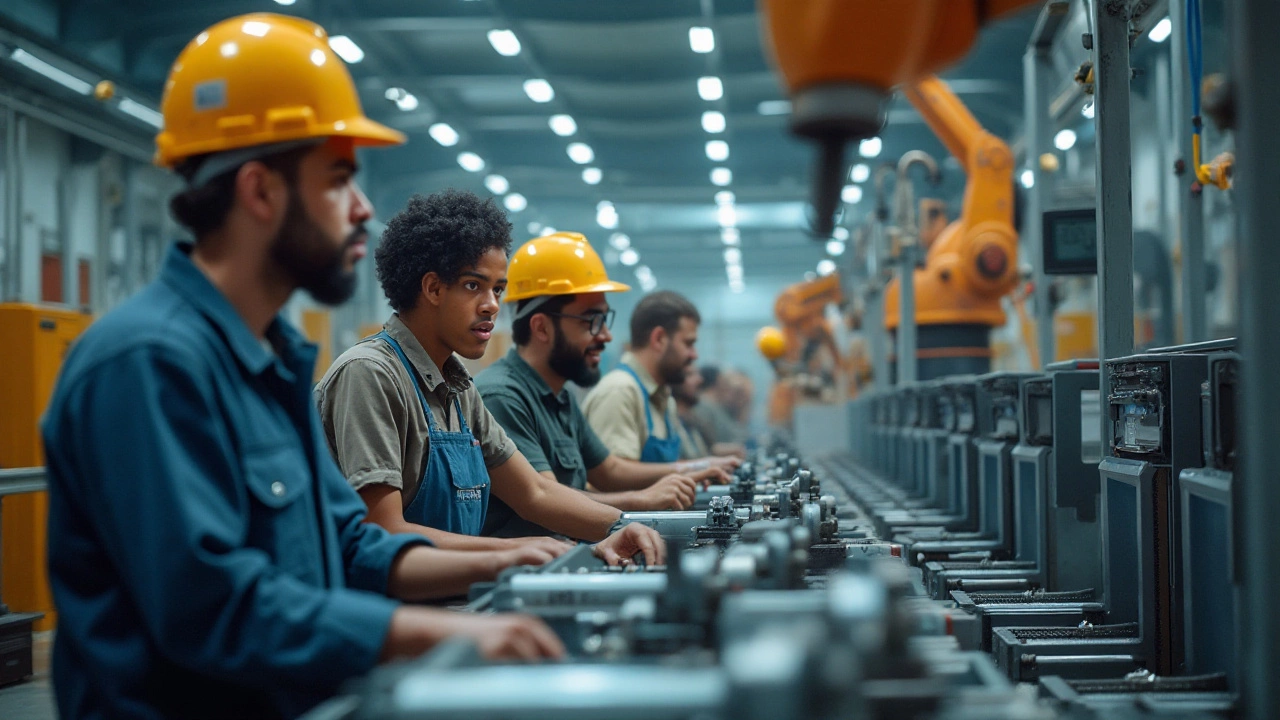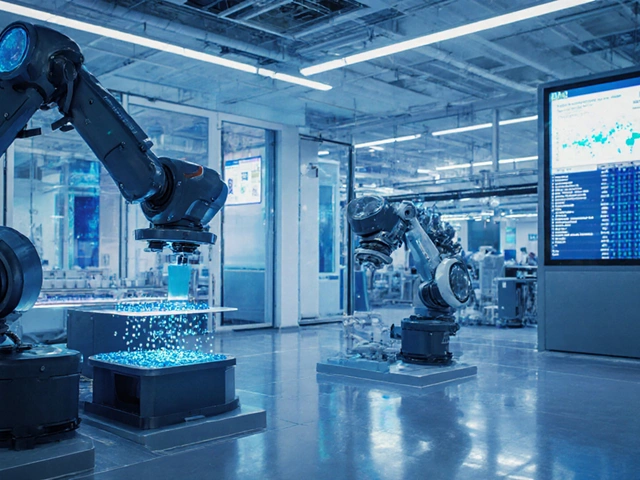Government Schemes Driving Indian Manufacturing
If you run a factory in India, you’ve probably heard the buzz about government schemes. They’re not just headlines – they can lower your expenses, give you access to new technology, and open doors to export markets. In this guide we break down what’s out there, why it matters for you, and how to actually take advantage of the programs.
Key Benefits for Manufacturers
First off, the main goal of these schemes is to make Indian manufacturing more competitive. That means you can expect three big benefits:
- Cost reduction: Grants, subsidies, and tax breaks lower the amount you spend on capital equipment and raw material.
- Technology upgrade: Programs like the Production Linked Incentive (PLI) reward you for adopting advanced production lines, AI, or robotics.
- Market access: Some schemes provide export assistance, quality certifications, and connections to global buyers.
When you combine even one of these benefits, your profit margins improve noticeably. When you stack them, the impact is huge.
How to Access Scheme Support
Getting money from the government isn’t magic – you need a clear plan. Here’s a practical step‑by‑step you can follow:
- Identify the right scheme: Look at your business size, sector, and growth goal. For small and medium enterprises, the MSME subsidy and Credit Linked Capital Subsidy Scheme (CLCSS) are common. For high‑tech production, check the PLI list.
- Check eligibility: Most schemes require registration with relevant bodies, like the Ministry of MSME or the Department for Promotion of Industry and Internal Trade (DPIIT). Gather documents such as GST registration, facility layout, and financial statements.
- Prepare a simple project proposal: Outline the problem you want to solve, the equipment you need, and the expected outcome (e.g., 15% boost in output). Keep the language clear and attach cost estimates.
- Submit online: Most schemes use portals like the MSME Development Institute or the PLI dashboard. Upload your documents, fill in the form, and note the reference number.
- Follow up and comply: After approval, you’ll receive a grant or subsidy letter. Follow the reporting schedule – usually quarterly updates on spending and production numbers.
It may feel like a lot of paperwork, but the payoff is worth it. If you’re unsure, many state industrial bodies offer free consultation. A quick call can save you days of guesswork.
While the big schemes get most of the attention, don’t forget regional incentives. States like Gujarat, Maharashtra, and Tamil Nadu run their own factory‑friendly programs that add extra cash or faster clearance. Check the local industrial development corporation’s website for details.
Remember, these schemes are updated regularly. The government announced a new wave of PLI incentives for medical devices and food processing in 2024. Keep an eye on press releases or subscribe to industry newsletters so you don’t miss the next round.
In short, government schemes are a practical tool, not a distant promise. By matching the right program to your factory’s needs and following a simple application path, you can cut costs, modernize your line, and stay ahead of the competition. Ready to start? Grab your latest financial reports, list the upgrades you need, and take the first step toward a funded upgrade today.
Three Pillars of Manufacturing: What Actually Drives Success?
Wondering how manufacturing actually works behind the scenes? This article breaks down the three pillars that keep factories running: production, quality, and efficiency. It also explains how government schemes in India push these pillars to new heights. Get practical tips and real-world examples focused on what really matters for long-term manufacturing success. Discover why missing even one pillar can make a factory wobble.
Read MoreMost Difficult Manufacturing Process: The Real Challenge Behind Government Schemes
This article breaks down what makes certain manufacturing processes so tricky, especially when it comes to projects boosted by government schemes. Get a look at why chip manufacturing is a real beast, how government policies try to help, and where the toughest roadblocks still stand. Plus, learn the tech that’s pushing limits and some practical advice for businesses looking to make the jump. If you think manufacturing is all about assembly lines, you’re in for a surprise.
Read MoreIs There a Manufacturing Boom in the U.S.?
The U.S. manufacturing sector is experiencing notable growth, driven by new government initiatives and a shift in global economic strategies. This article explores the factors contributing to this boom, including policy changes, technological advancements, and workforce development. It also assesses the potential impact on the economy and the challenges that lie ahead. Understanding these elements provides valuable insights into the future of American manufacturing.
Read MoreCan the US Economy Thrive Without a Robust Manufacturing Base?
The US economy, known for its innovation and services sector, faces a pivotal question: Can it continue to prosper without a strong manufacturing base? With globalization and technological advancements reshaping traditional industries, the reliance on manufacturing is under scrutiny. This discussion explores the role of government schemes and policies in either revitalizing or further drifting from manufacturing dependence. Understanding this dynamic is crucial for economic strategy and future growth.
Read MoreUnderstanding the Three Main Types of Manufacturing
Manufacturing serves as the backbone of any economy, driving innovation and production. In this article, we'll explore the three key types of manufacturing: custom, batch, and mass production. Each type offers unique advantages and suits different industry needs. We'll also examine how government schemes can support these manufacturing processes, maximizing efficiency and growth.
Read MoreBest Manufacturing Countries: A 2025 Perspective
Choosing the best manufacturing country isn't just about production numbers. It involves analyzing factors like government support, innovation, and workforce skills. Countries like China and Germany often dominate, but emerging nations are stepping up. With new global challenges, evaluating past and present trends is crucial. This article discusses the best manufacturing countries in 2025, using data and insights from the industry.
Read MoreUnderstanding Manufacturing's Role in Government Schemes
Manufacturing is a vital sector that influences the government policies and schemes significantly. Understanding which department manufacturing falls under can aid in grasping its impact on the economy and policy implementations. With various government schemes targeting manufacturing initiatives, recognizing these associations can be crucial for stakeholders. Let's explore how manufacturing is positioned within governmental structures and its implications for related policies.
Read MoreTop Affordable Locations for Setting Up Factories with Government Incentives
Exploring the best and most economical places for factory setups can unveil opportunities where manufacturing costs are minimized due to favorable government schemes. Various regions stand out due to their lower labor costs, better infrastructure, and government incentives. This article delves into the economic landscape, highlighting regions that offer manufacturers optimal conditions for operations. It also examines how these locations can influence the broader manufacturing strategy and business scalability.
Read MoreTop U.S. State for Manufacturing: Insights and Data
The United States encompasses a diverse manufacturing landscape, with certain states standing out due to their economic capabilities and strategic advantage. This article delves into which state holds the title for the most manufacturing in the U.S., examining various aspects such as economic impact, historical context, and government schemes that drive their manufacturing success. By understanding these factors, readers can gain a clearer picture of how regional economies are shaped and what policies might influence future growth. Additionally, insights into workforce and technological advancements offer a comprehensive view of the topic.
Read More